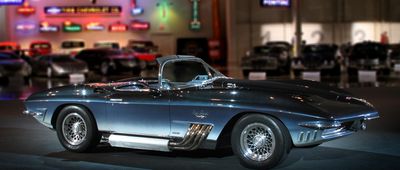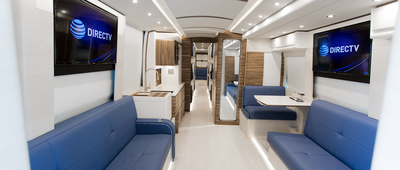The Legend Rolls On
The Chevrolet Camaro turned 55 this year, one of the last of a vanishing breed of American muscle cars that once ruled the roads. Conceived as an inexpensive rival to the upstart Ford Mustang, the Camaro earned a loyal following of its own with iconic models such as the Super Sport, the Z-28, and the IROC-Z. Cheapism sat down with Harlan Charles, the Camaro product marketing manager at General Motors (and a longtime Camaro fan himself) to talk about this legendary vehicle and what makes it so special.






















